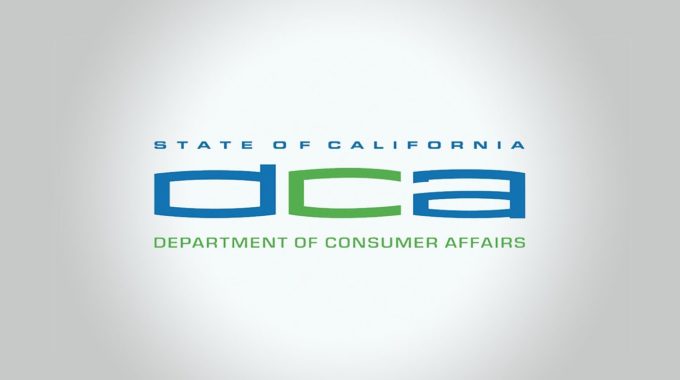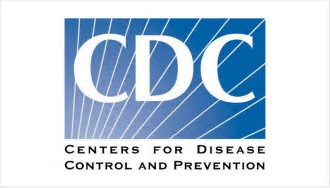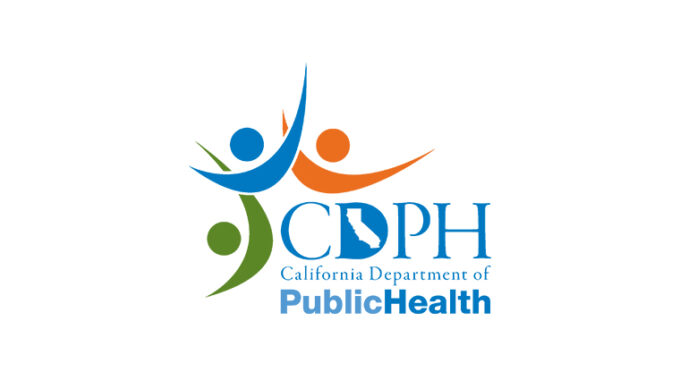On December 5, 2025, the Dental Board of California (DBC) issued an important Fraud Alert…
Volatile Organic Compounds and Dental Disinfectants
CALIFORNIA ENVIRONMENTAL COMPLIANCE:
Volatile Organic Compound Standards for Consumer Products
Volatile organic compounds (VOCs) emitted into the air from consumer products and other sources (motor vehicles, stationary sources, etc.) react with other pollutants and sunlight to form ground-level ozone and particulate matter, the main ingredients in smog. With some exemptions and exceptions, “volatile organic compound” is defined as any compound containing at least one carbon atom. Consumer products under the regulation include cleaning compounds and disinfectants used in dentistry. Also called organic solvents in the liquid form, common VOCs found in dental disinfectant products include alcohols, phenols, aldehydes, and quaternary ammonia.
Reducing VOC emissions from consumer products plays an integral part in California Air Resource Board’s (ARB’s) effort to reduce smog in California. ARB, part of the California Environmental Protection Agency (Cal/EPA), has adopted regulatory requirements for consumer products to reduce the amount of VOCs emitted from the products.
VOC Limits
The new air pollution regulation, Title 17 CCR Section 94509, states that no person shall sell, supply, or manufacture for sale in California any consumer product which contains VOCs in excess of the limits provided in the regulation. ARB has established new VOC emissions limits for fifteen categories of consumer products. Most notably for the dental industry, new limits for disinfectants and sanitizers are set at 1% for non-aerosol and 70% for aerosol products. (Aerosol products do not include pump spray.) The bottom line is that consumer and institutional non-aerosol disinfectants sold and/or used in California cannot have more than 1% of VOCs.
The new limits for disinfectants and sanitizers took effect on December 31, 2009, which includes a year grace period for disinfectant products registered under the Federal Insecticide, Fungicide, and Rodenticide Act (FIFRA). There is a three-year sell through period for those products manufactured before the effective date, which ends on December 31, 2012.
Exceptions and Exemptions
The regulation includes the following chemical exemptions to the VOC limits:
- Low reactive organic chemicals such as acetone and ethane
- Specific carbon molecules such as carbon monoxide and carbon dioxide
- LVP-VOCs that meet certain criteria such as low vapor pressure or high boiling point
For consumer products sold in concentrate form (i.e. disinfectants), the VOC limits apply to the product only after the recommended dilution with water has taken place.
Enforcement
The new regulatory VOC emission limits are expected to have a significant impact on the formulation of disinfectant products marketed to dental offices in California. To comply with the new limits, manufacturers will have to reformulate their products to replace or reduce VOC solvents in their products.
ARB investigation procedures consist of purchasing samples of consumer products throughout California, inspecting containers for registration and dating requirements, and conducting laboratory testing of the chemicals. Any violations are presented to prosecutors for criminal law enforcement.
The fine for violating air pollution regulations can be up to $50,000 per day, for each day a non-complying product is offered for sale. Manufacturers and distributors, including dental supply companies, are advised to stock inventories with the complying products in order to avoid violations and help contribute to a healthier environment. The dental offices can help by checking material safety data sheets of cleaning and disinfectant products to make sure that organic solvent components do not exceed VOC emission limits.
To our Valuable SUV Customers: When used as directed, diluted down to its use concentration, SUV Disinfectant and Cleaner meets ARB’s VOC limit of 1% for non-aerosol disinfectants.



